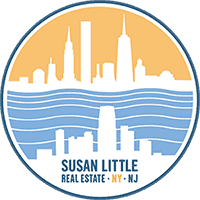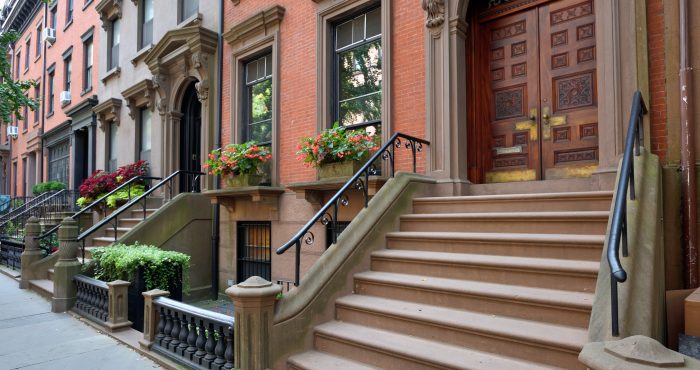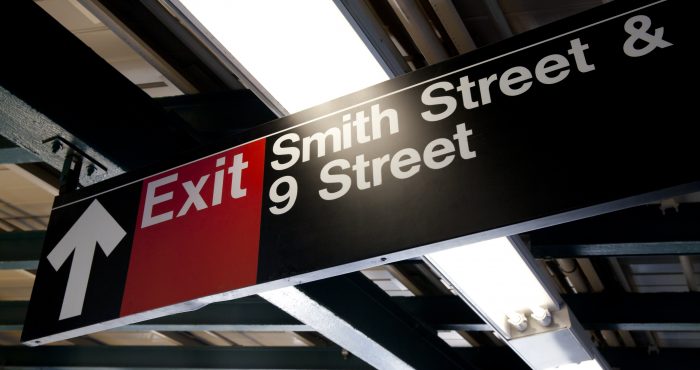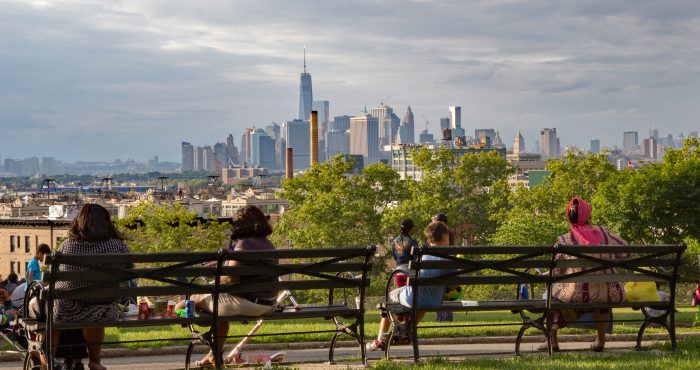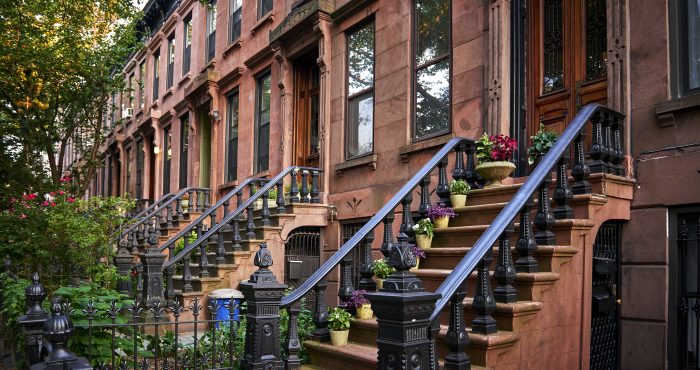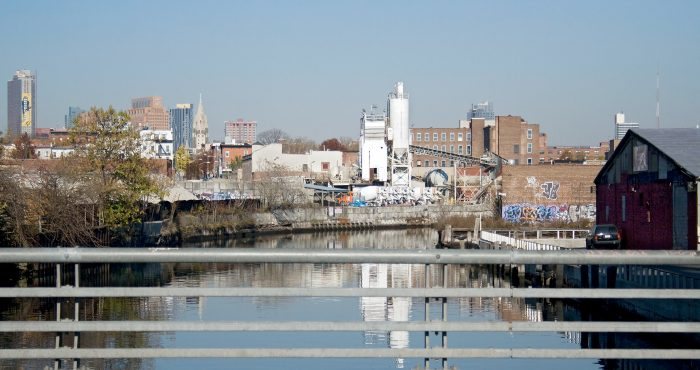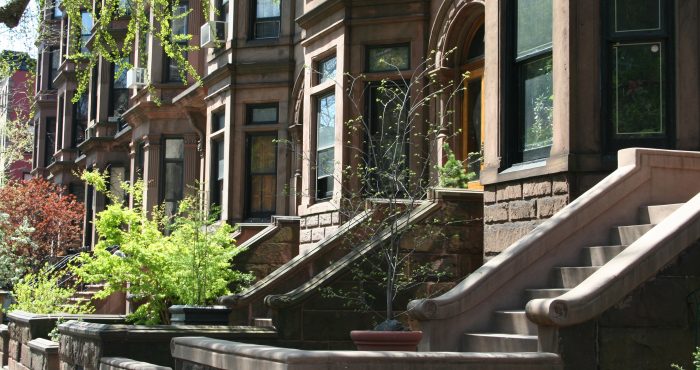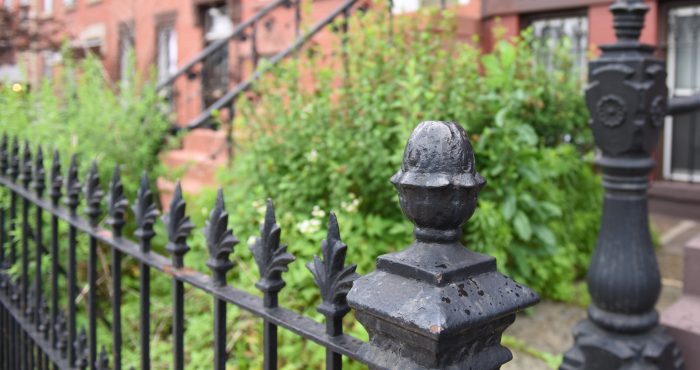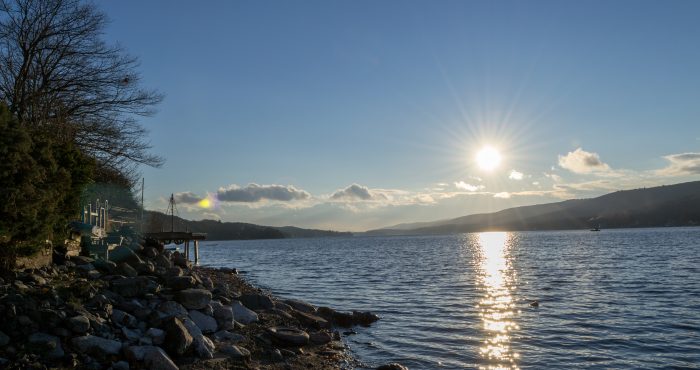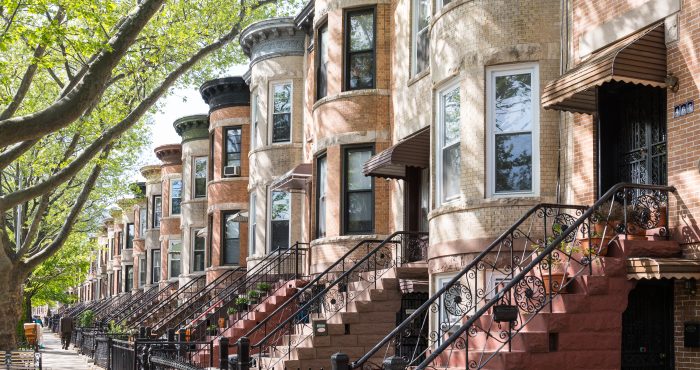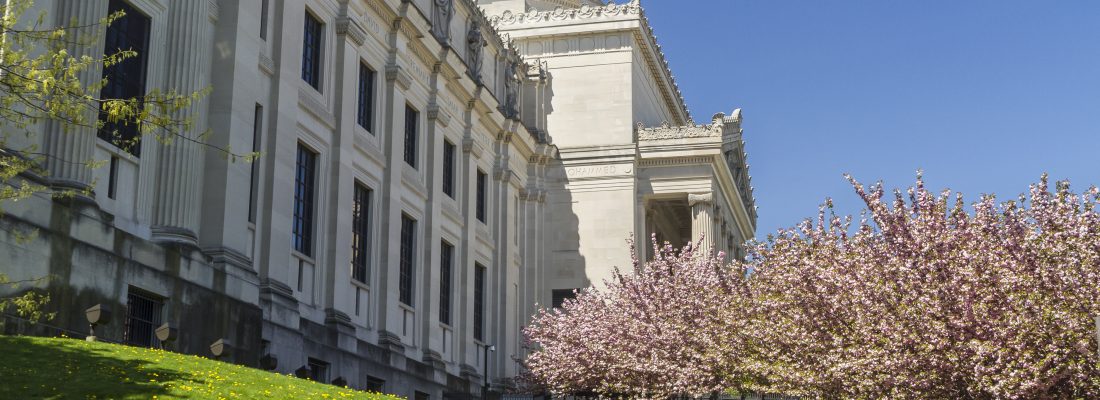
Prospect Heights Real Estate
Prospect Heights is a neighborhood in the northwest of the New York City borough of Brooklyn. The traditional boundaries are Flatbush Avenue to the west, Atlantic Avenue to the north, Eastern Parkway – beginning at Grand Army Plaza – to the south, and Washington Avenue to the east. In the northern section of Prospect Heights are the Vanderbilt Rail Yards, built over as part of the Pacific Park (formerly Atlantic Yards) project. The Barclays Center, home to the NBA’s Brooklyn Nets basketball team and the NHL’s New York Islanders ice hockey team, is located in the northwestern corner of the neighborhood in Pacific Park at Flatbush and Atlantic Avenues.
Buying a Prospect Heights Home
If you are a Prospect Heights, Brooklyn, NY home buyer, our foremost goal is to provide you with exceptional customer service. Our goals are to help you purchase the right home, make sure you don’t miss out on any homes that meet your needs, and make sure you don’t pay too much for your next home. Please utilize our Prospect Heights, Brooklyn, NY real estate expertise to make your home search and buying experience as stress free and rewarding as possible.
Selling a Prospect Heights Home
If you considering selling your Prospect Heights, Brooklyn, NY home, we utilize the latest, cutting-edge, real estate marketing tools to expose your property to the widest range of potential buyers. We are here to get your house aggressively marketed to sell as quickly as possible and for the best price! Our goals are to help you get your Prospect Heights, Brooklyn, NY home sold, put you in the strongest negotiating position as possible, and to make it easier for you and reduce surprises.
About Prospect Heights
Compared to other Brooklyn neighborhoods, Prospect Heights is relatively small and is notable for its cultural diversity as well as its tree-lined streets. Prospect Heights has seen rapid demographic changes over the last decade, and its shifts are exemplified by a mixture of older buildings under reconstruction, rows of classic 1890s brownstones, and newly built luxury condominiums. The neighborhood is served by the New York Police Department’s 77th Precinct.
Content Courtesy of Wikipedia.org
